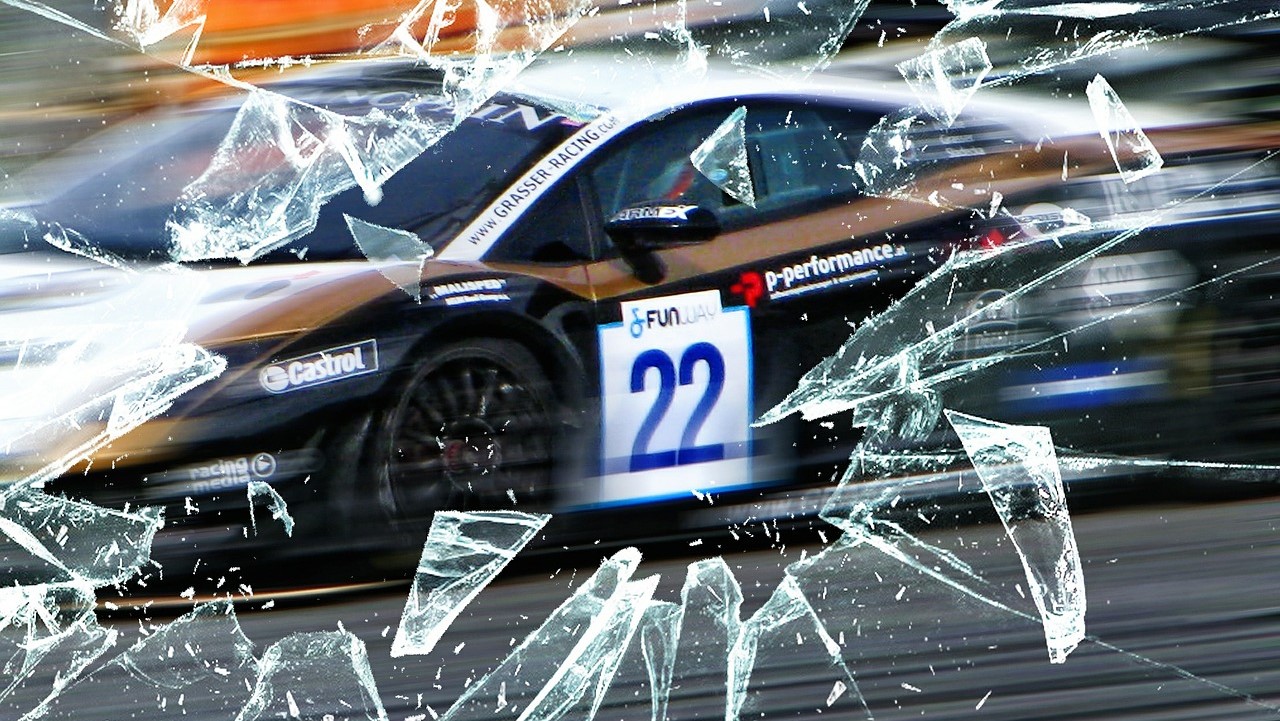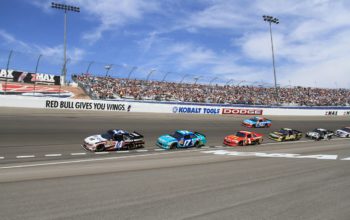Some sports are more dangerous than others, for example, any dynamic sport should be by all means more dangerous than static sports. If the sport in question is a contact sport, like football or rugby, then the danger is multiplied.
However, what if a sport was so dynamic that it was faster than most commercially available vehicles? Yes, professional race car driving is a very fast experience, for both the driver and the viewer. But, on the driver’s side of things, how dangerous is it, actually? Here is a deeper dive into professional racing.
It Used to Be Much More Dangerous

Professional race car driving was very dangerous in its earliest years. The very cars were science experiments which were being tested on race days. Not literally, but to an extent, the racing industry had nowhere near enough money to fund its own research to build safer vehicles for racing specifically. This is why racing in the earliest days, whether NASCAR or Formula 1, was incredibly dangerous.
Today, the story is different, but it depends on the person and to an extent, luck.
Better Cars, Better Safety, Better Tracks
Today, no matter the form of professional racing, cars are better. They are faster, yes, but much safer. Roll cages are much better than they used to be and the seats are a piece of work in itself.
The seats are more akin to seats one would find in a spaceship than a race car. They protect the body from all motions except the forward motion, where a six point harness comes in handy. Regular cars have three point seatbelts and they are not as sturdy as those used in race cars.
When talking about race tracks, the very turns are science in practice and the materials used for the tracks’ surface has also received much attention over the decades. The tires are also more modern and everything is safer, but far from safe, at the same time.
It is a Fast-Paced Job, A Dangerous One

Even though you might have the best climbing gear and the most experience and physical fitness, you can still end up being swept by a sudden icefall or storm on a Himalayan mountain. Sometimes, it is down to luck.
In professional racing, where speeds are way above 200 km/h on average, a single mistake can put many people’s lives in danger. That mistake does not need to come from a driver. Anything from bad weather to distractions can turn things south.
Professional car racing is dangerous, a career with many more inherent risks than the career of a professional physiotherapist or programmer. Yet, people are driven by their passions and that has produced many amazing individuals, many of which are professional racers.




